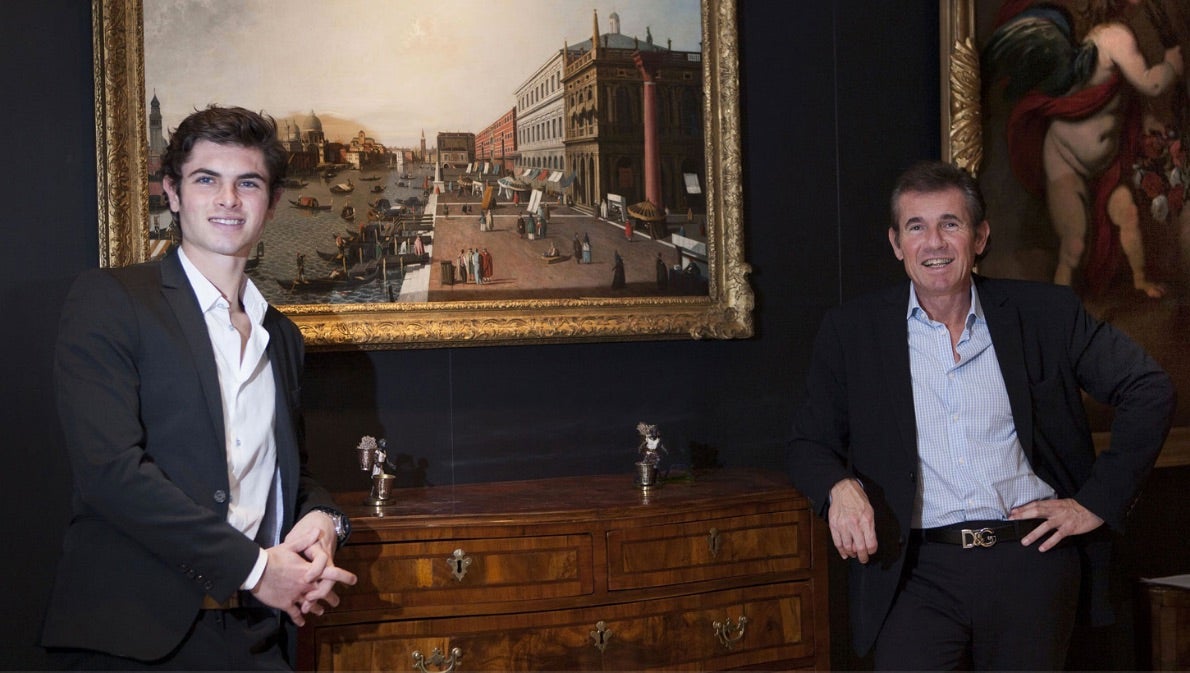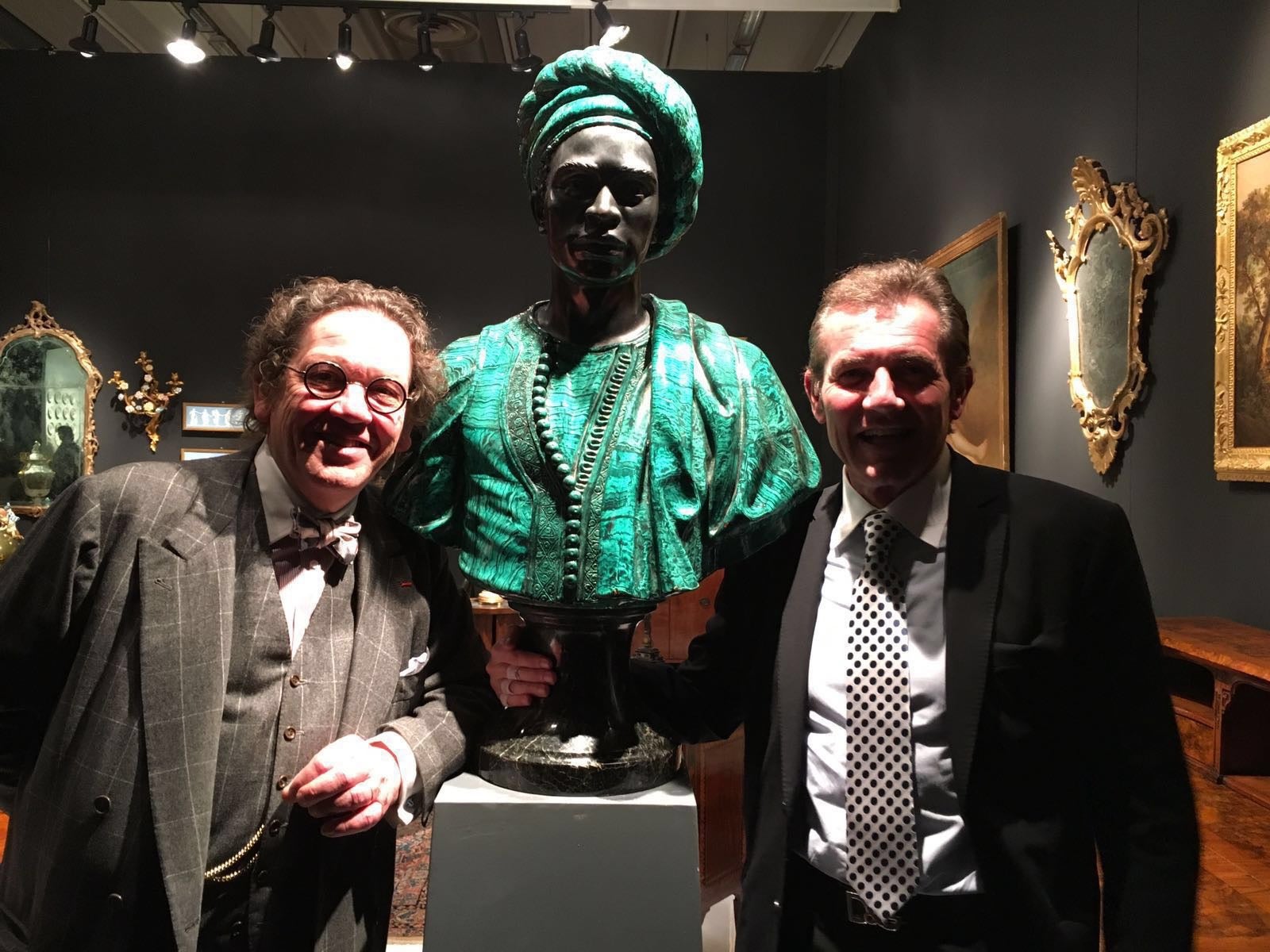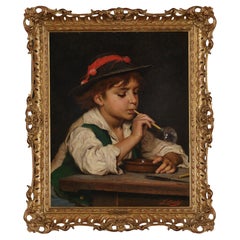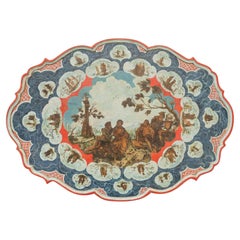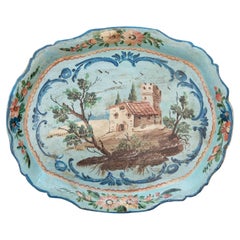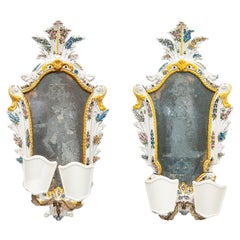About GALLERIA SINIGAGLIA
The Galleria Sinigaglia specializes in eighteenth-century furnishings, painting and sculpture from the nineteenth and eighteenth centuries. The Sinigaglia family's antiques tradition was born in the 1970s. Starting from a passion for stamp collecting, it soon became an activity focused on ancient Venetian furniture. With the activity of the first generation it established itself on the city scene. History The Sinigaglia family's antiques tradition was born in the early 1970s. Starting from a passion for stamp collecting, it soon became an activity focused on ancient...Read More
GALLERIA SINIGAGLIA
Established in 20241stDibs seller since 2024
Featured Pieces
Antique Late 19th Century Italian Napoleon III Paintings
Canvas
Antique Mid-18th Century Italian Louis XV Decorative Art
Wood
Antique 18th Century Italian Louis XV Platters and Serveware
Fir, Lacquer
Antique Mid-18th Century Italian Louis XV Floor Mirrors and Full-Length ...
Ceramic, Maiolica, Porcelain
Antique Mid-18th Century Italian Louis XV Center Tables
Wood, Walnut
Antique Late 18th Century Italian Neoclassical Commodes and Chests of Dr...
Marble, Bronze
Antique Mid-18th Century Italian Louis XV Console Tables
Marble
Antique Late 18th Century Italian Neoclassical Night Stands
Marble
Antique Early 18th Century Italian Louis XIV Wall Mirrors
Mother-of-Pearl, Giltwood
Antique Mid-18th Century Italian Louis XV Commodes and Chests of Drawers
Walnut
Antique Late 19th Century Italian Porcelain
Porcelain
Antique Mid-18th Century Louis XV Wall Mirrors
Gold, Gold Leaf
More About GALLERIA SINIGAGLIA
